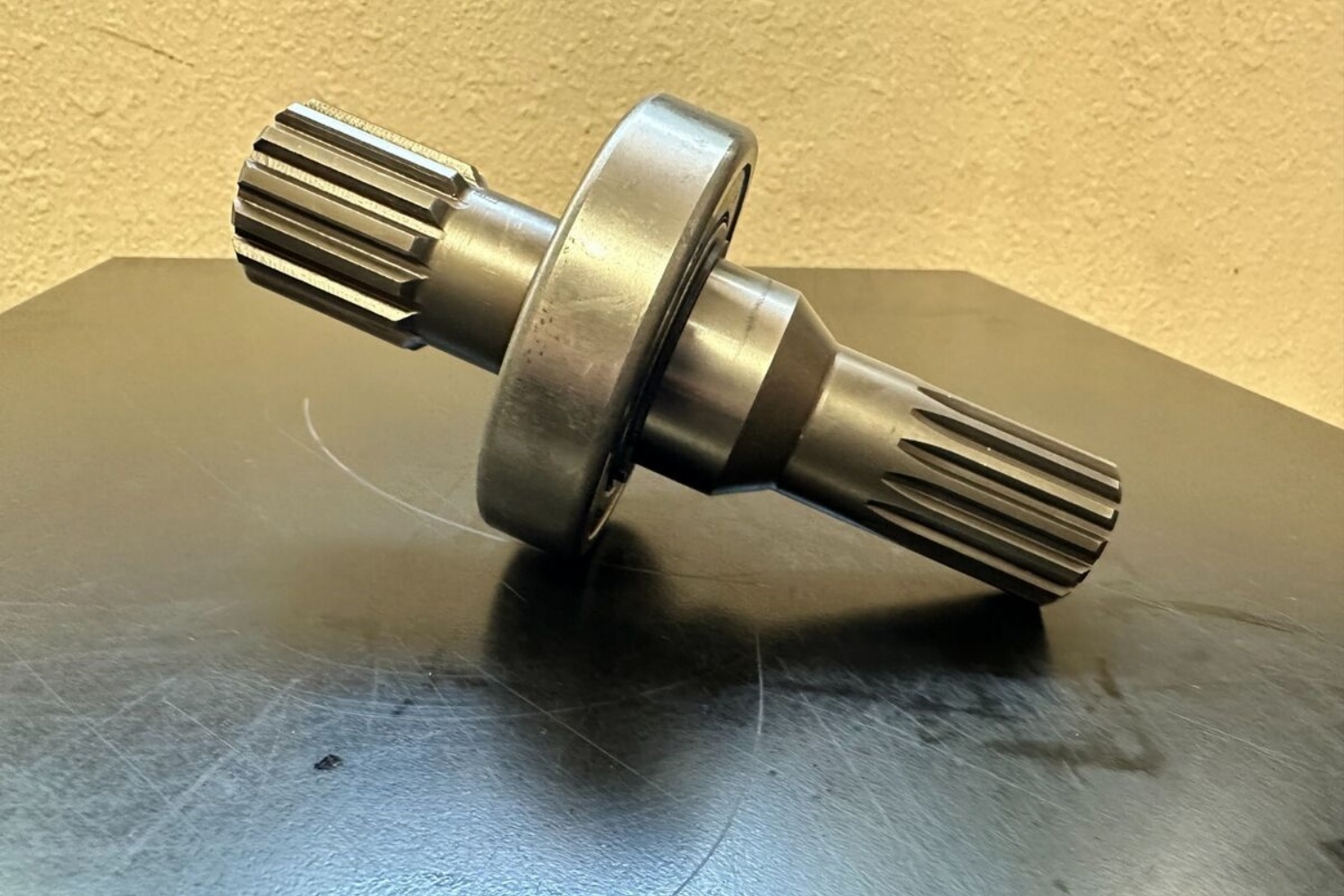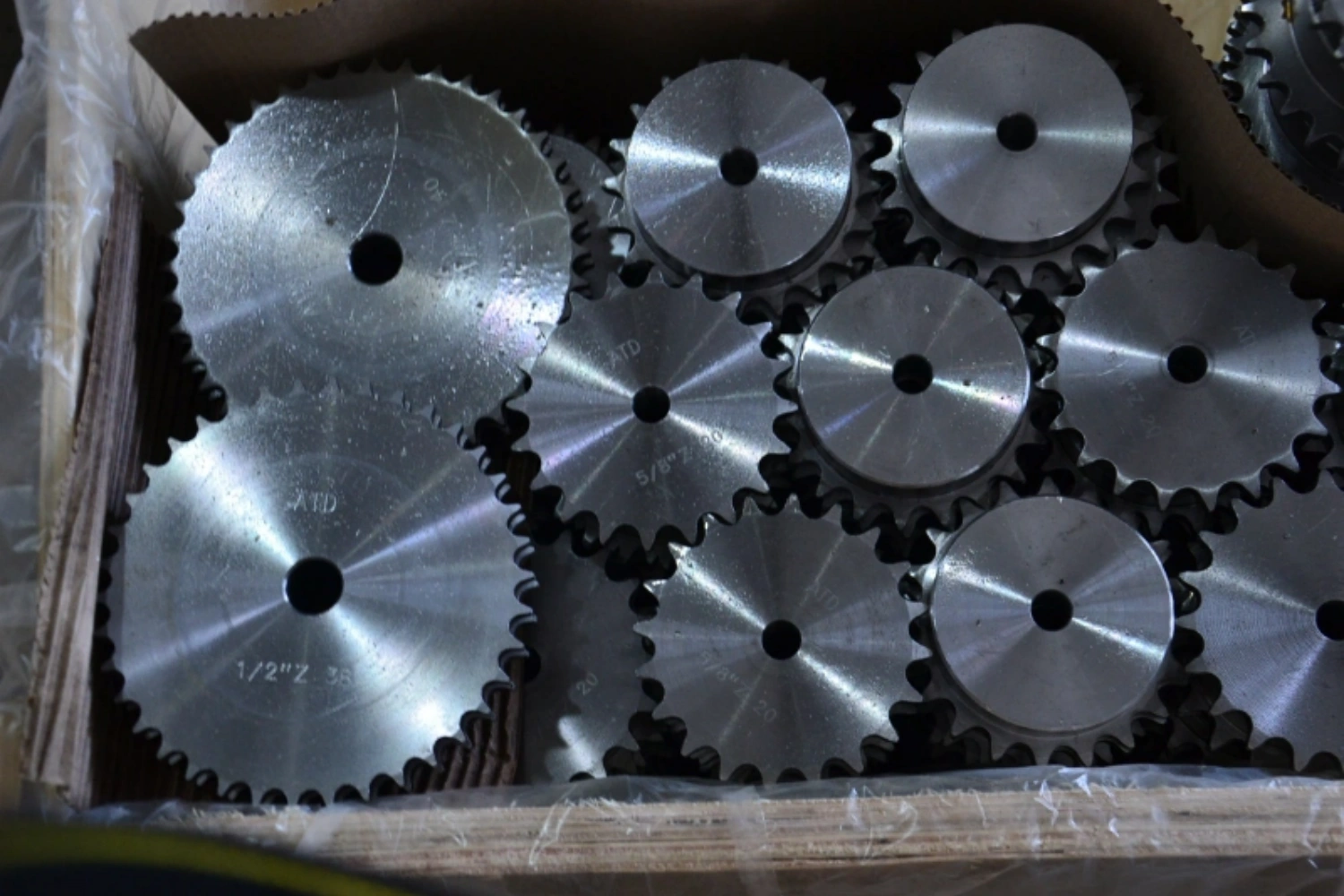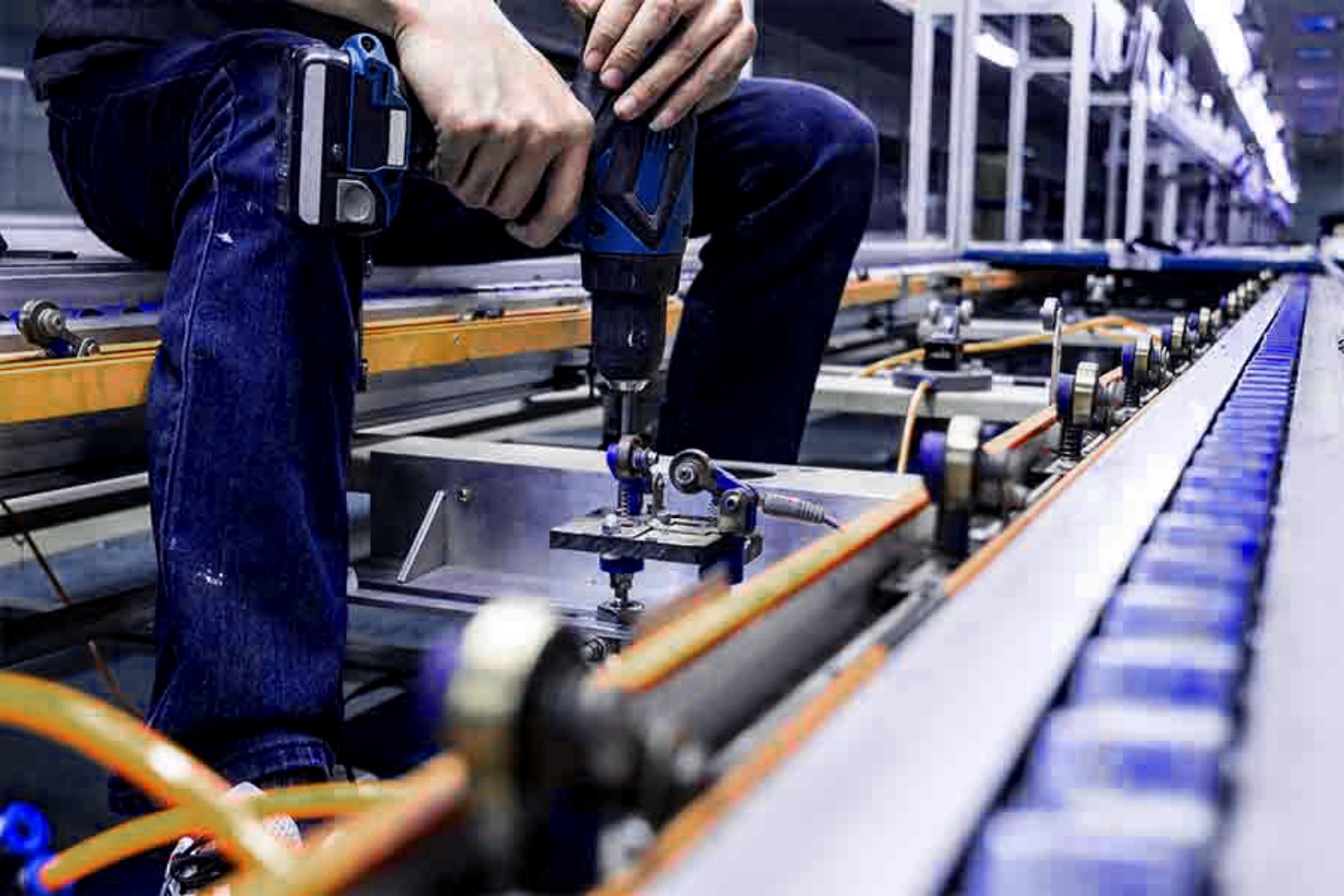Splined shafts are essential components in various mechanical systems, designed to transmit torque and rotational motion efficiently. Their unique design enhances the performance of machinery across a wide range of industries, making them a vital part of modern engineering.
Understanding Splined Shafts
A splined shaft features a series of ridges or grooves along its length, allowing it to mate securely with corresponding grooves in a coupling or component. This design ensures a tight fit that facilitates the transfer of power while minimizing the risk of slippage. Splined shafts are commonly used in applications where precise alignment and torque transfer are critical.
Types of Splined Shafts
Several types of splined shafts are available, each designed to meet specific operational needs:
Parallel Splines: This type features straight grooves parallel to the shaft axis, providing a simple and effective way to transmit torque.
Involute Splines: Involute splines have a curved tooth profile, which allows for smoother engagement and disengagement. This design reduces stress concentrations and enhances load capacity.
Square Splines: Characterized by square-shaped grooves, these splines are robust and capable of handling high torque loads, making them suitable for heavy-duty applications.
Round Splines: This design incorporates rounded grooves, allowing for smoother rotational motion and reducing wear over time.
Advantages of Using Splined Shafts
Splined shafts offer several advantages that contribute to their widespread use in engineering:
Efficient Torque Transmission: The design of splined shafts allows for effective torque transfer between components, enhancing overall system performance.
Reduced Wear: The unique geometry of splines minimizes friction and wear, leading to longer service life for both the shaft and the connected components.
Versatile Applications: Splined shafts are used in various industries, including automotive, aerospace, and industrial machinery. Their adaptability makes them suitable for diverse applications, from power tools to heavy machinery.
Easy Maintenance: The straightforward design of splined shafts facilitates easy installation and maintenance, reducing downtime during repairs or replacements.
Design Considerations
When designing or selecting splined shafts, several factors must be taken into account:
Load Capacity: Assess the torque requirements of the application to ensure the selected spline design can handle the expected loads.
Material Selection: The choice of material significantly impacts the strength and durability of the splined shaft. Common materials include steel, aluminum, and specialized alloys.
Manufacturing Precision: Precision in manufacturing is crucial for ensuring that the splined shaft fits correctly with mating components. Tight tolerances reduce the risk of misalignment and wear.
Operating Conditions: Consider environmental factors such as temperature, humidity, and exposure to chemicals, which can affect material performance and longevity.
Applications of Splined Shafts
Splined shafts are utilized in a wide range of applications, including:
Automotive Systems: In vehicles, splined shafts connect the transmission to the drive shafts, facilitating efficient power transfer to the wheels.
Industrial Machinery: Many manufacturing processes rely on splined shafts to drive various components, ensuring smooth operation in machines like lathes and milling machines.
Aerospace Equipment: Splined shafts are critical in aerospace applications, where reliability and precision are paramount for safe operation.
Robotics: In robotic systems, splined shafts enable accurate movement and positioning, contributing to the overall functionality of the robot.
Splined shafts are integral to modern engineering, providing efficient torque transmission and enhancing the performance of various mechanical systems. Their unique design, coupled with the advantages they offer, makes them a preferred choice in many industries. By understanding the types, benefits, and applications of splined shafts, engineers and manufacturers can make informed decisions that enhance the reliability and efficiency of their systems.
CONTINUE READING
Related Posts
Chain sprockets are an integral component in a wide range of mechanical systems, playing a crucial role in transmitting power […]
Conveyor systems are the backbone of many industries, facilitating the efficient movement of materials across manufacturing floors, warehouses, and distribution […]
In the realm of modern manufacturing and engineering, few processes are as fundamental and indispensable as machining. Machining stands as […]






